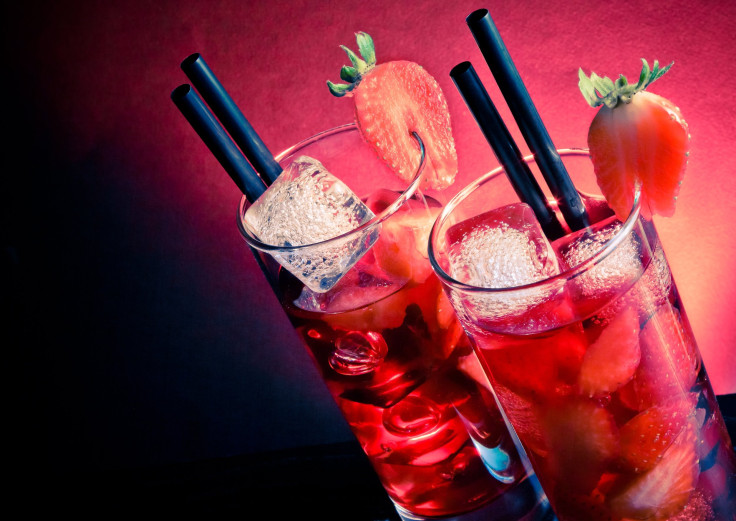FDA Requires Alcoholic Drinks Reveal Calorie Counts On Restaurant Menus: Dangers Of Drinking Calories

Americans eat and drink about one-third of their day’s calories outside of their home, which is why the Food and Drug Administration (FDA) created a new transparency rule. Chain restaurants with 20 or more locations have by next November to list drink calories on their menus, in an effort to help people realize the health hazard of overgulping. Public health advocates believe this is the first step in a direction to labeling alcoholic beverages with nutritional information.
"Alcoholic beverages are a key contributor to the calories Americans are consuming, and most of the time when people have a drink they have absolutely no idea what its caloric impact is," Margo Wootan, the director of nutrition policy at the Center for Science in the Public Interest (CSPI), told CBS. Wootan and her team made up of dieticians and physicians at CSPI have been petitioning for full nutrition content on alcoholic beverages for more than a decade.
In 2011, the FDA proposed menu labeling requirements that exempted alcohol. Many commented on the gaping hole the menu labeling rules had without drinks held to the same standard, but the spirits industry objected. Many don’t realize but beers, liquors, and wines have all been regulated by the Treasury Department, not FDA, since Prohibition. This year, the FDA Commissioner Margaret Hamburg revisited the potential impact alcohol labels could have on public health and reinstated the final rules.
They won’t require restaurants to quantify the calorie counts for every new drink concoction they create. But every menu that lists alcoholic beverages will require a calorie range estimate next to it. If you want to avoid the truth, close the menu and walk up to the bar to make your drink order.
Liquid Weight Gain: How Alcohol Digests
Calories in drinks aren’t normally hidden. In fact, they’re one of the easiest to find. Whether it’s the back of your soda, juice, or coffee creamer, you generally know exactly where they are. Now that alcohol will join the ranks of transparency, people will begin to really understand just how many calories they’re drinking. Most beers are around 120 calories. A night out with friends could have you collecting up a meal’s worth of calories with each sip.
When alcohol is ingested, the body immediately realizes it can’t metabolize it efficiently, so it prioritizes it in the metabolic process. This means fats and sugars are put on the sidelines, ultimately slowing down the entire process over time, which is where weight gain comes into play. Weight gain all boils down to how many calories enter the body versus how many exit, and alcohol is almost entirely made up of empty calories. Drinking calories can be decieving and easy to lose track of, especially with a buzz of lower inhibitions.
A whiskey and coke has roughly the same amount of calories as a muffin, while a piña colada matches up with a doughnut. A glass of wine carries approximately the same amount of calories as an entire slice of cake, and a pint of lager beer has about the same amount of calories as a slice of pizza. Drinking a frozen margarita is almost the same calorie count as swallowing a cheeseburger. But the public should be able to figure out the rest of the calorie comparisons with their own menu around this time next year.
Published by Medicaldaily.com



























